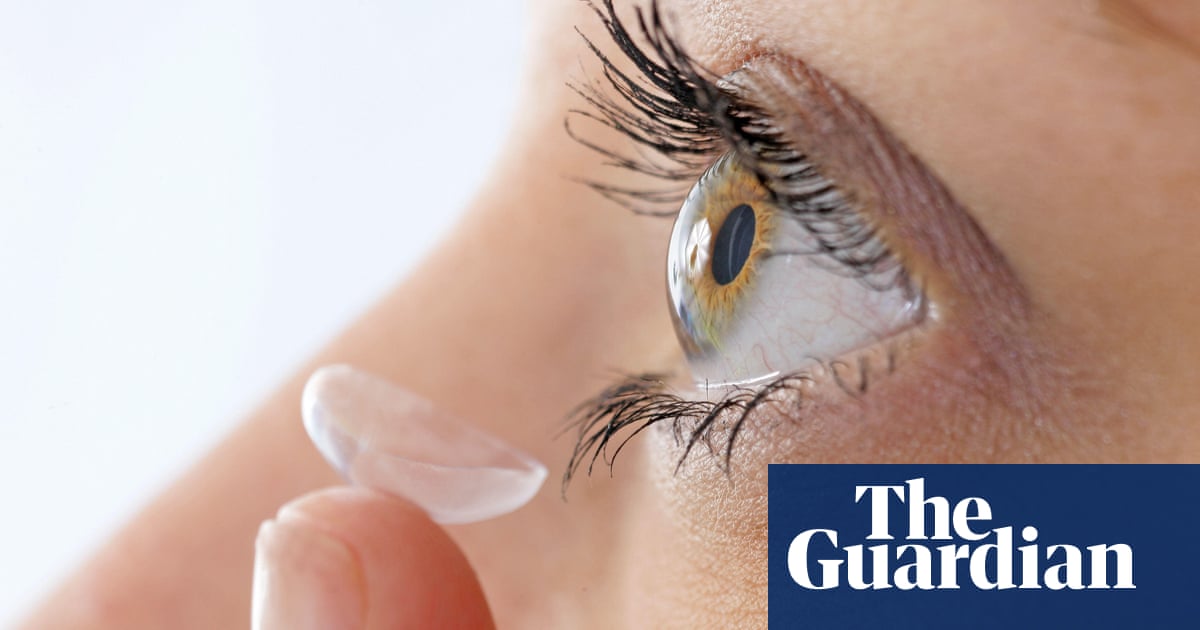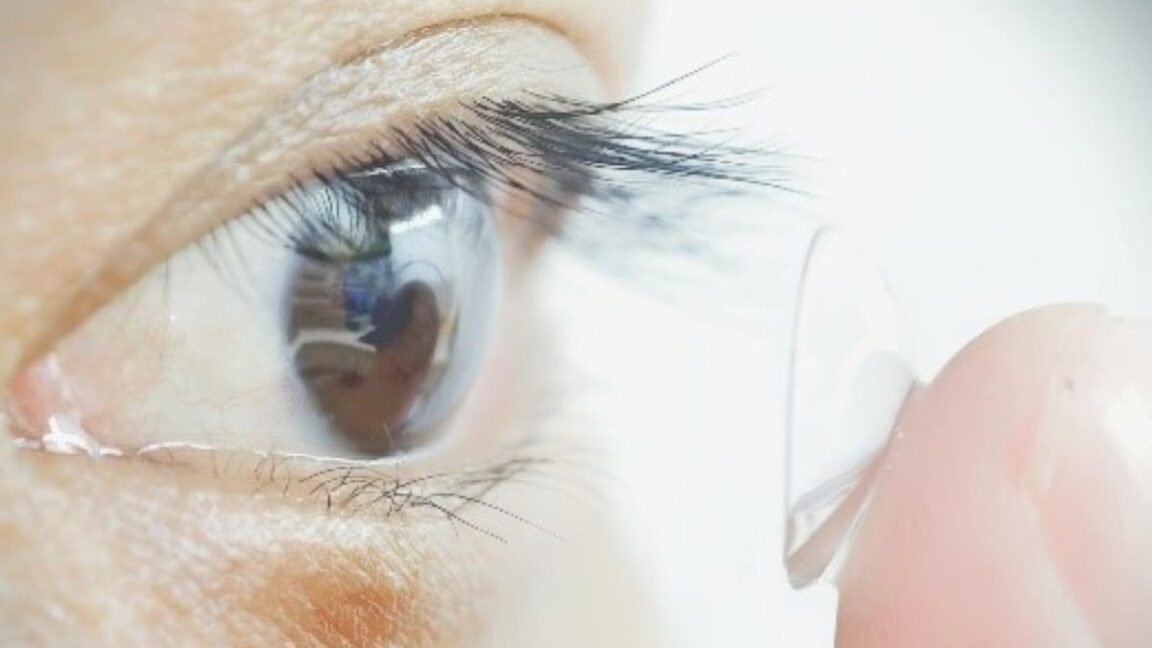Breakthrough in Vision: Contact Lenses Enable Infrared Sight
Chinese researchers develop contact lenses that allow wearers to see infrared light, enhancing human vision without the need for bulky equipment.
Subscribe to unlock this story
We really don't like cutting you off, but you've reached your monthly limit. At just $5/month, subscriptions are how we keep this project going. Start your free 7-day trial today!
Get StartedHave an account? Sign in
Overview
An interdisciplinary team of Chinese scientists has created contact lenses that enable both mice and humans to see infrared light, expanding the range of human vision. Unlike traditional night vision goggles, these lenses require no power source and allow wearers to see both infrared and visible light simultaneously. The lenses utilize upconversion nanoparticles to convert infrared light into visible wavelengths. While the current technology has limitations in detail resolution, future advancements may enhance sensitivity and spatial resolution, with potential applications in security and aiding color-blind individuals. The study is published in the journal Cell.
Report issue

Read both sides in 5 minutes each day
Analysis
- The article highlights a breakthrough in vision technology with near-infrared contact lenses for low-light conditions.
- It emphasizes the optimistic potential applications and future improvements of this innovative technology.
- The development suggests significant advancements in non-invasive vision enhancement for various users.
Articles (3)
Center (1)
FAQ
The main limitations include limited image detail and resolution due to light scattering when the converted infrared light reaches the retina, as well as the need for artificial infrared light sources for optimal function. The lenses currently have difficulty producing sharp, detailed images and primarily detect infrared from controlled light sources like LEDs.
The lenses are embedded with microscopic upconversion nanoparticles that convert different wavelengths of infrared light into distinct visible colors, such as mapping 980 nm to blue, 808 nm to green, and 1,532 nm to red light[2].
Potential applications include security, night vision without bulky equipment, and assisting color-blind individuals by enabling them to perceive wavelengths they otherwise could not[2].
No, these lenses require no external power source or battery; they function by converting infrared light into visible colors using embedded nanoparticles[1].
Yes, the color-coding nanoparticles in the lenses can be tuned to convert specific infrared or visible wavelengths into colors that color-blind individuals can distinguish, making previously invisible or indiscernible wavelengths perceivable[2].
History
- This story does not have any previous versions.


